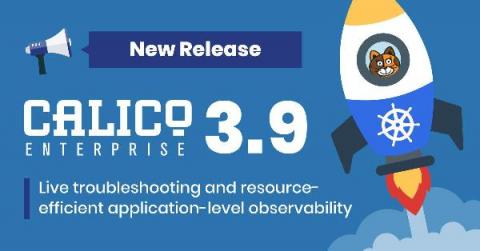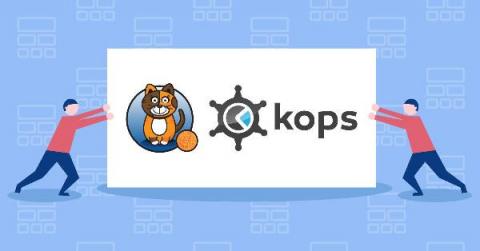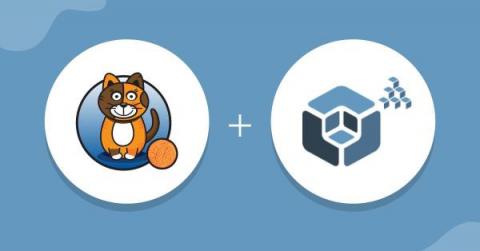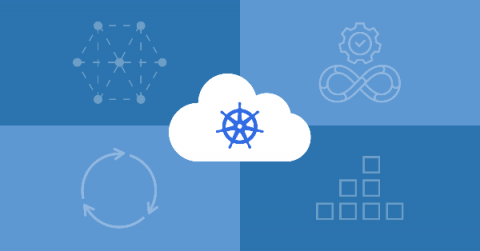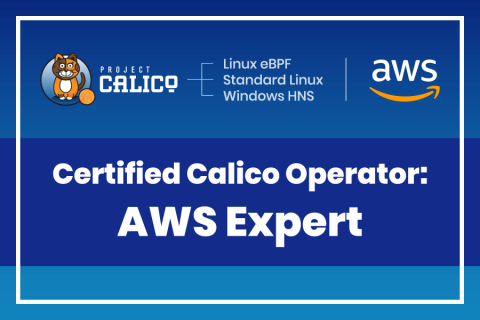The importance of Calico's pluggable data plane
This post will highlight and explain the importance of a pluggable data plane. But in order to do so, we first need an analogy. It’s time to talk about a brick garden wall! Imagine you have been asked to repair a brick garden wall, because one brick has cracked through in the summer sun. You have the equipment you need, so the size of the job will depend to a great extent on how easily the brick can be removed from the wall without interfering with all the ones around it. Good luck.



